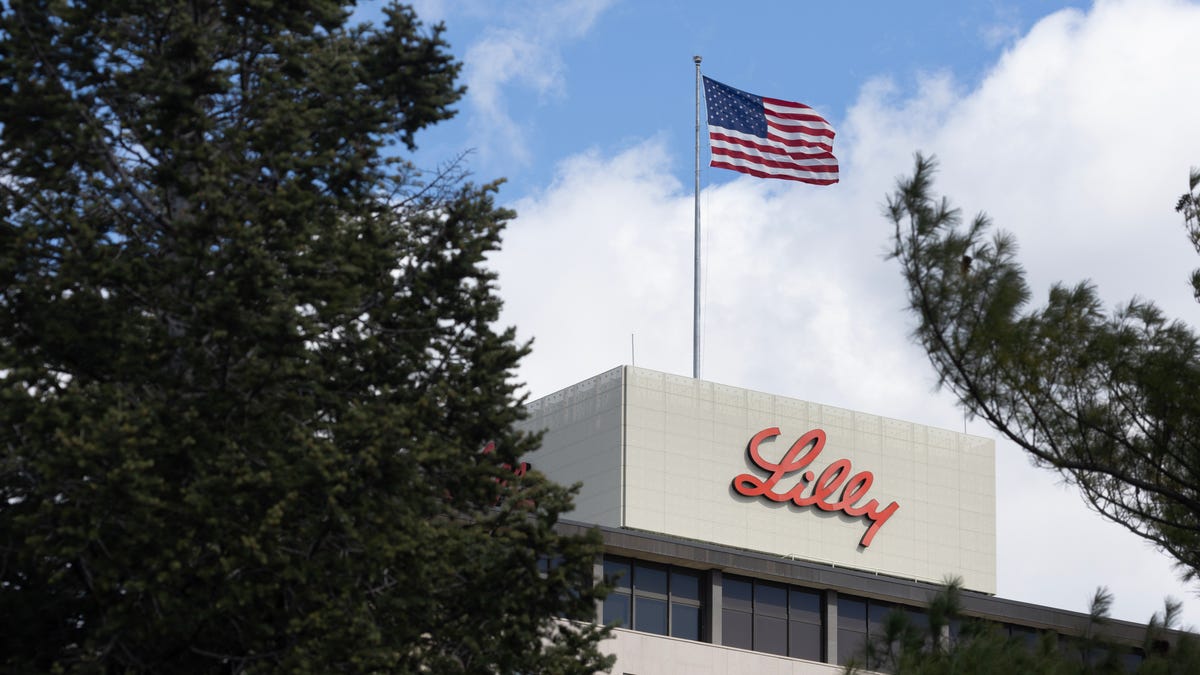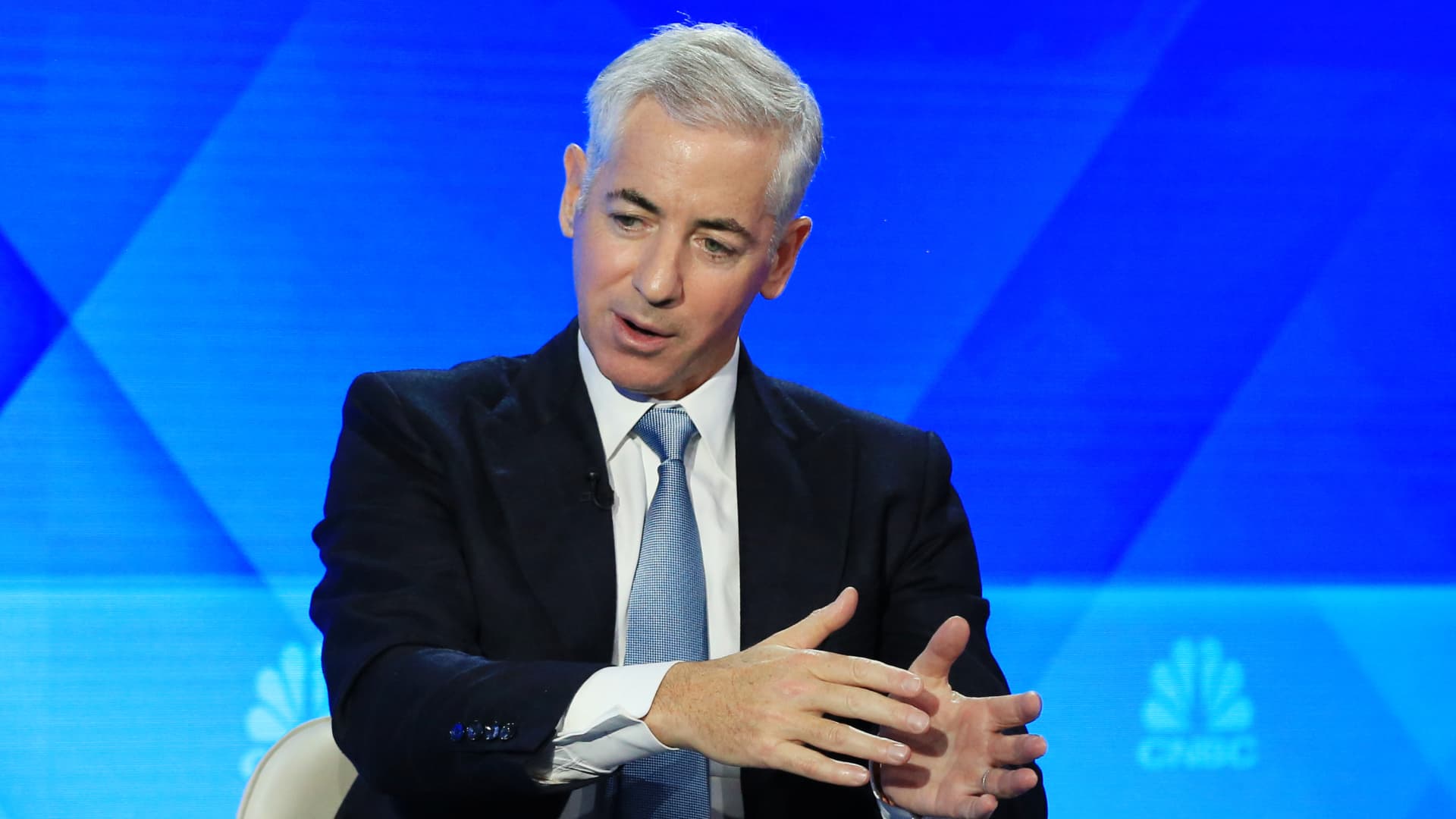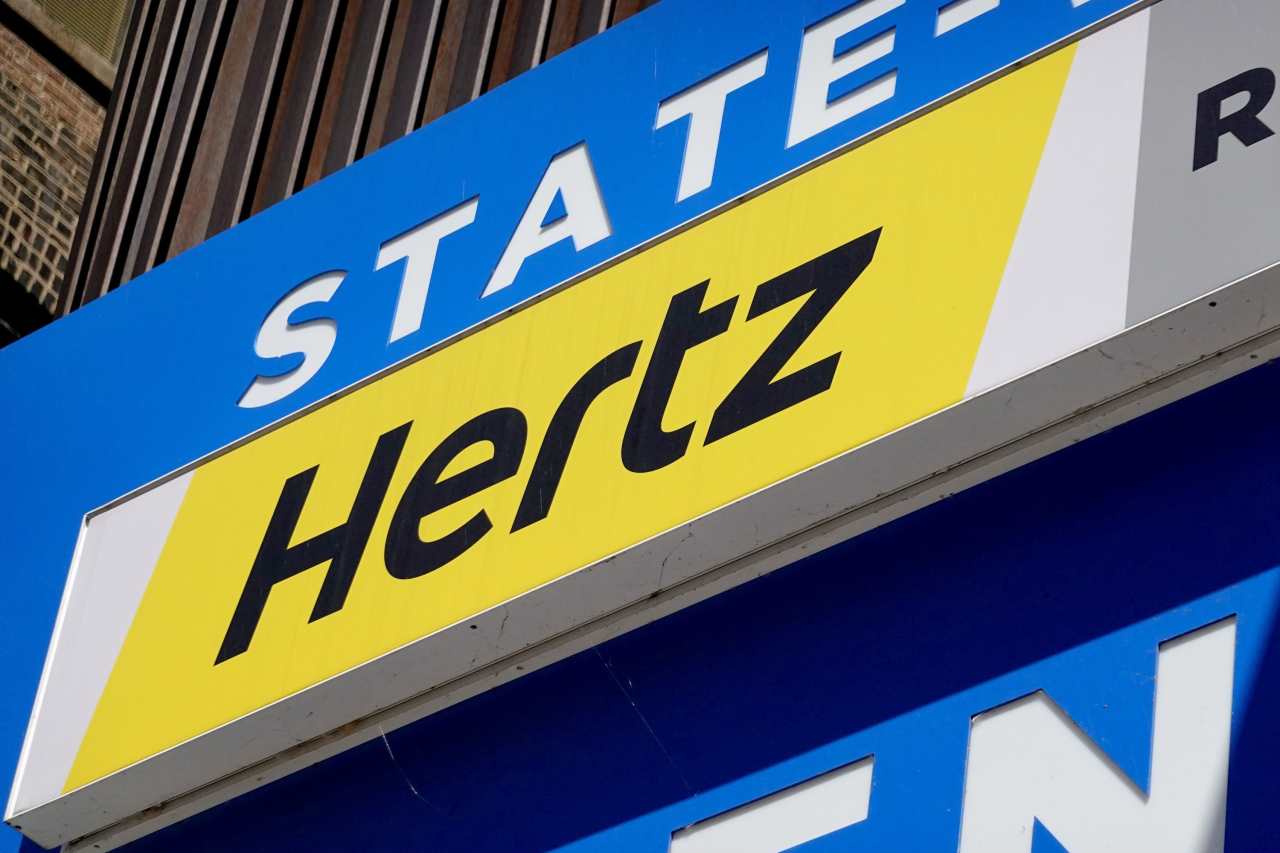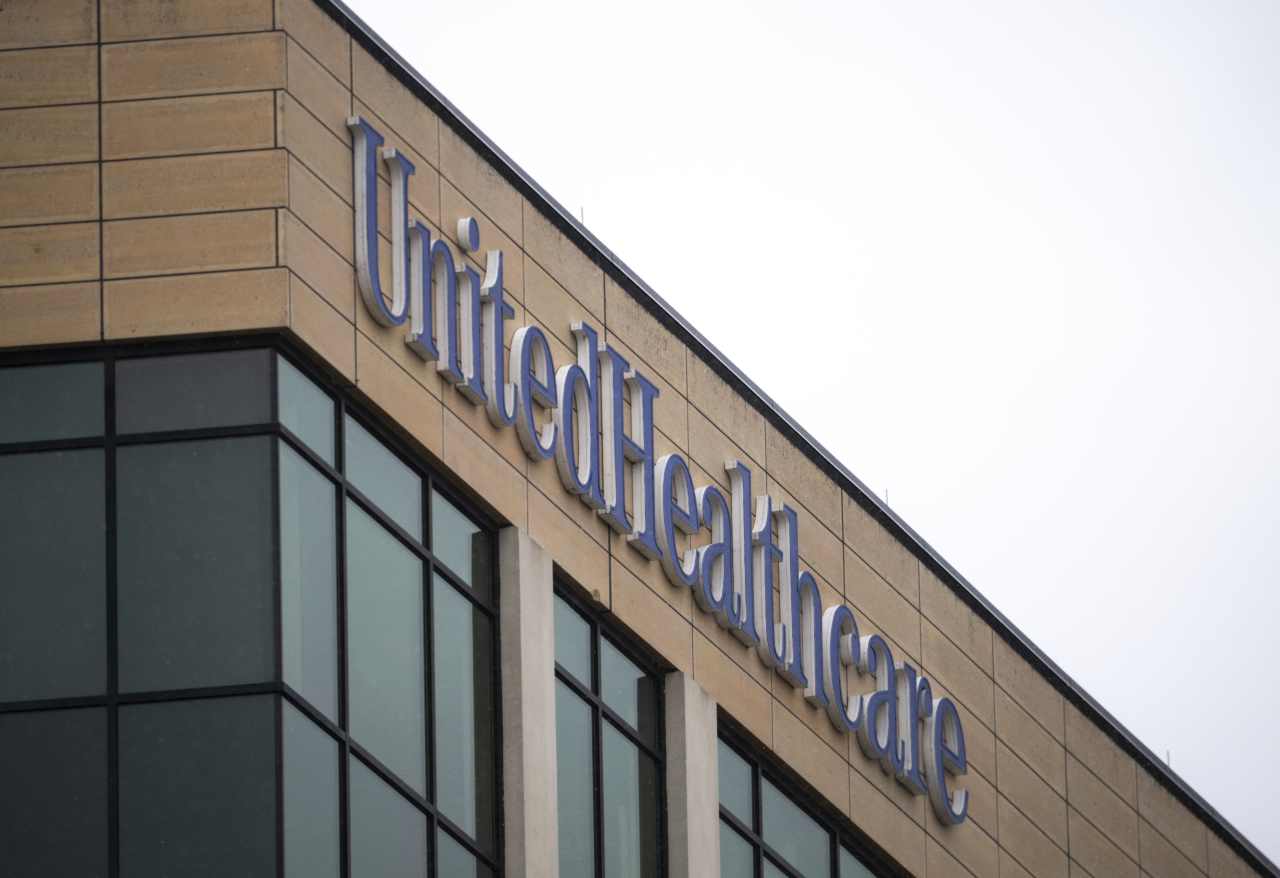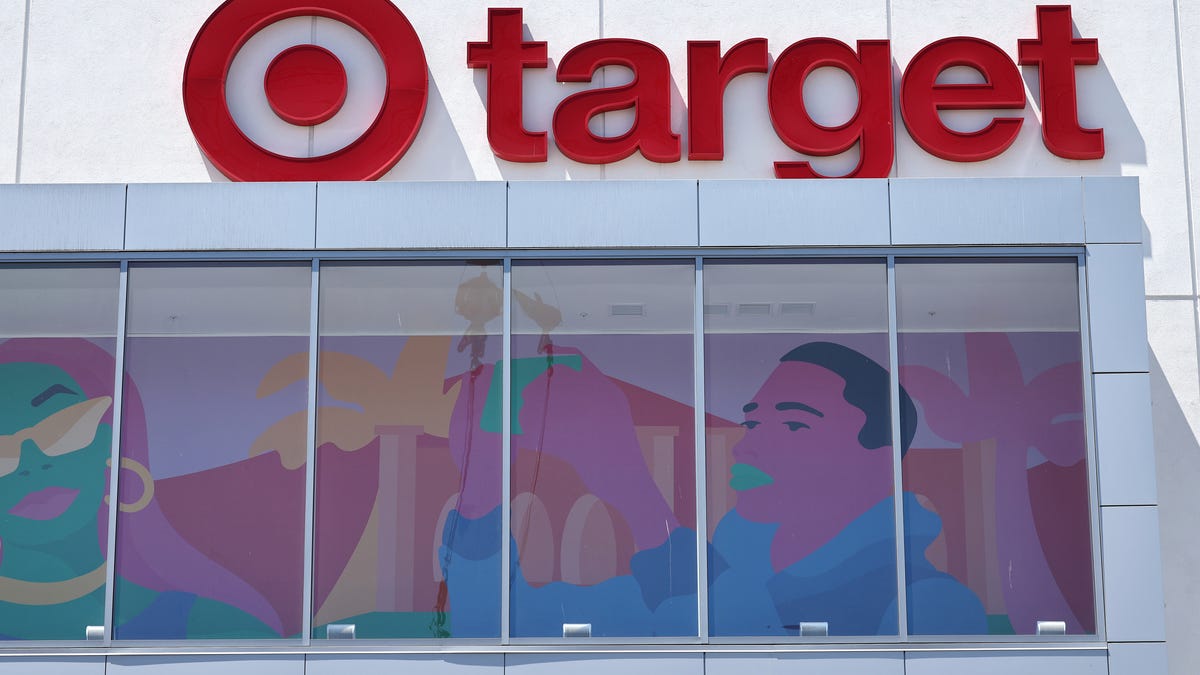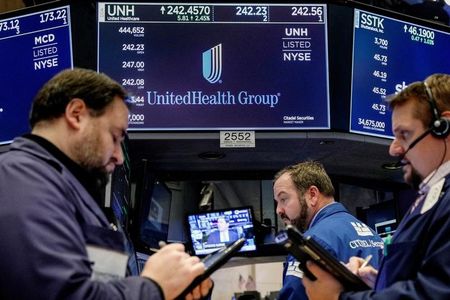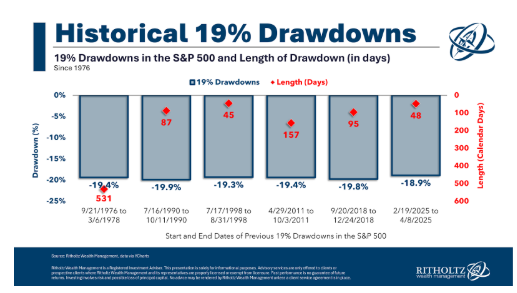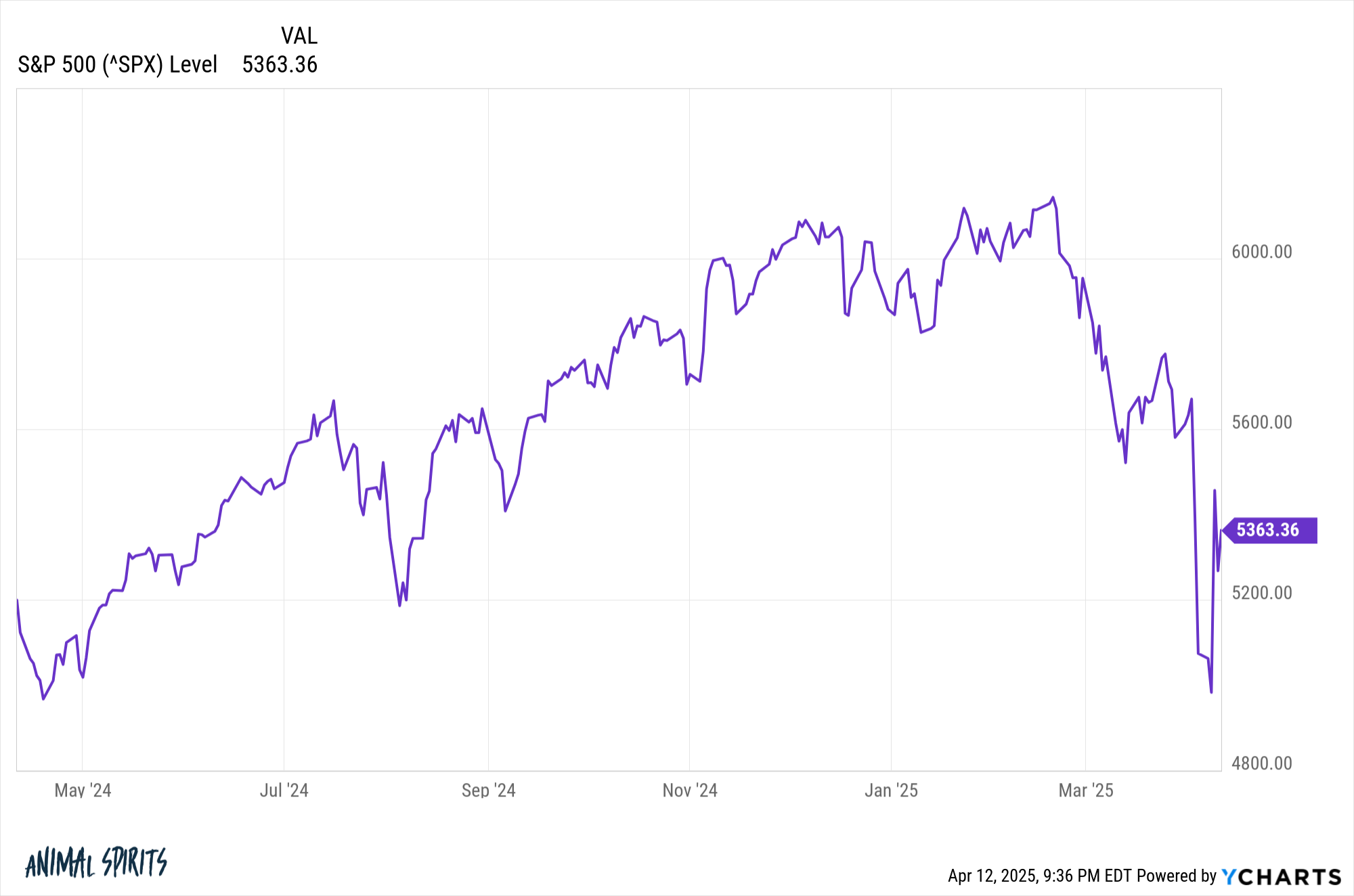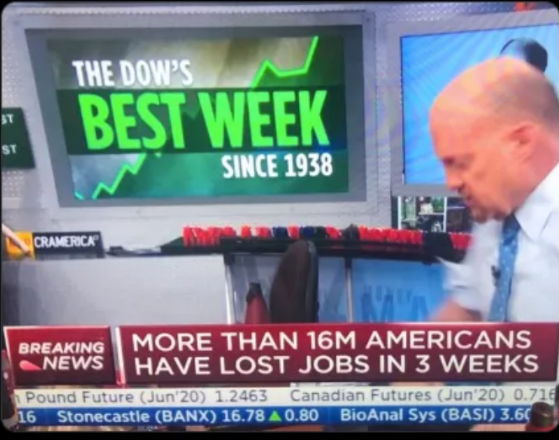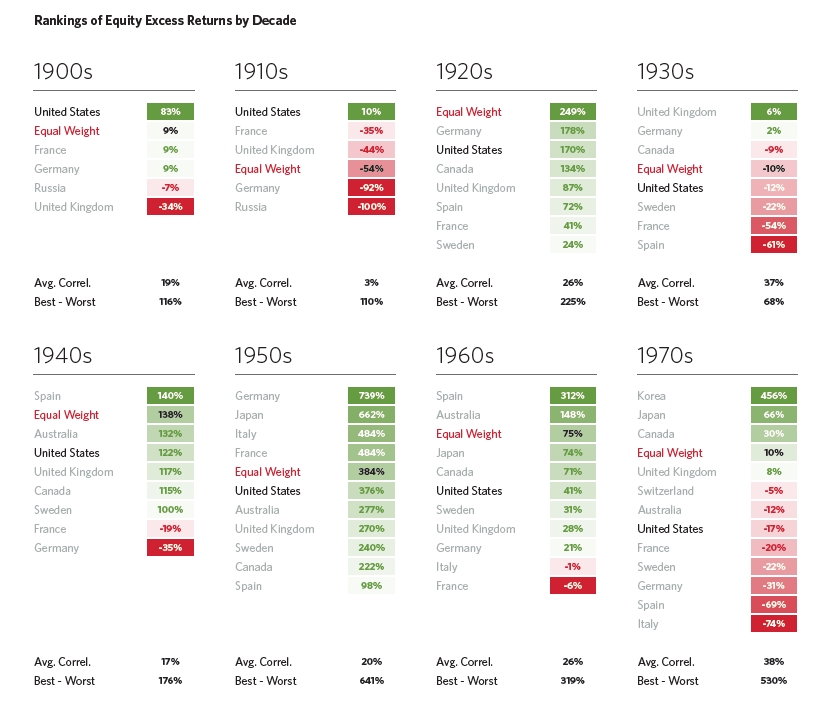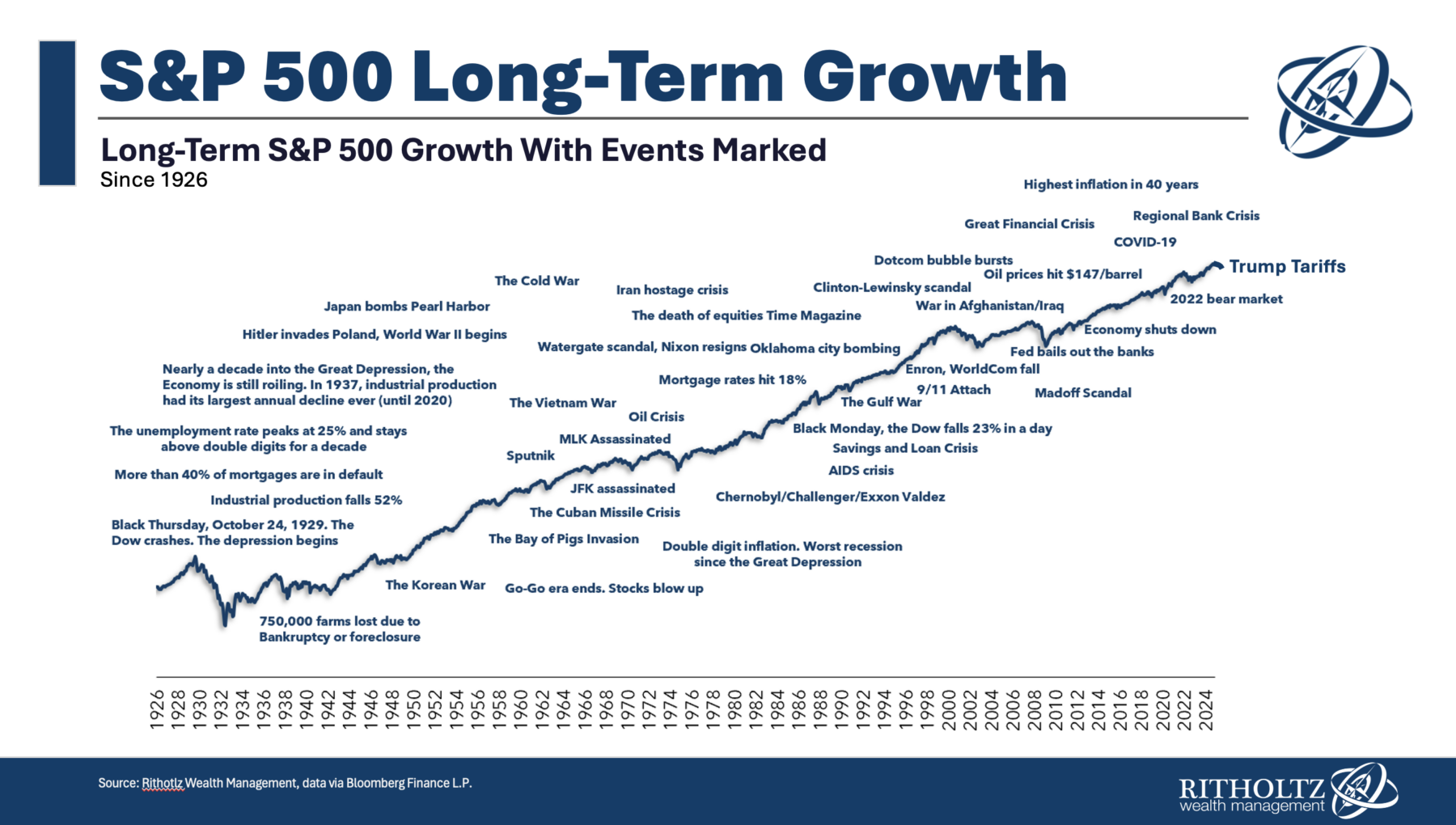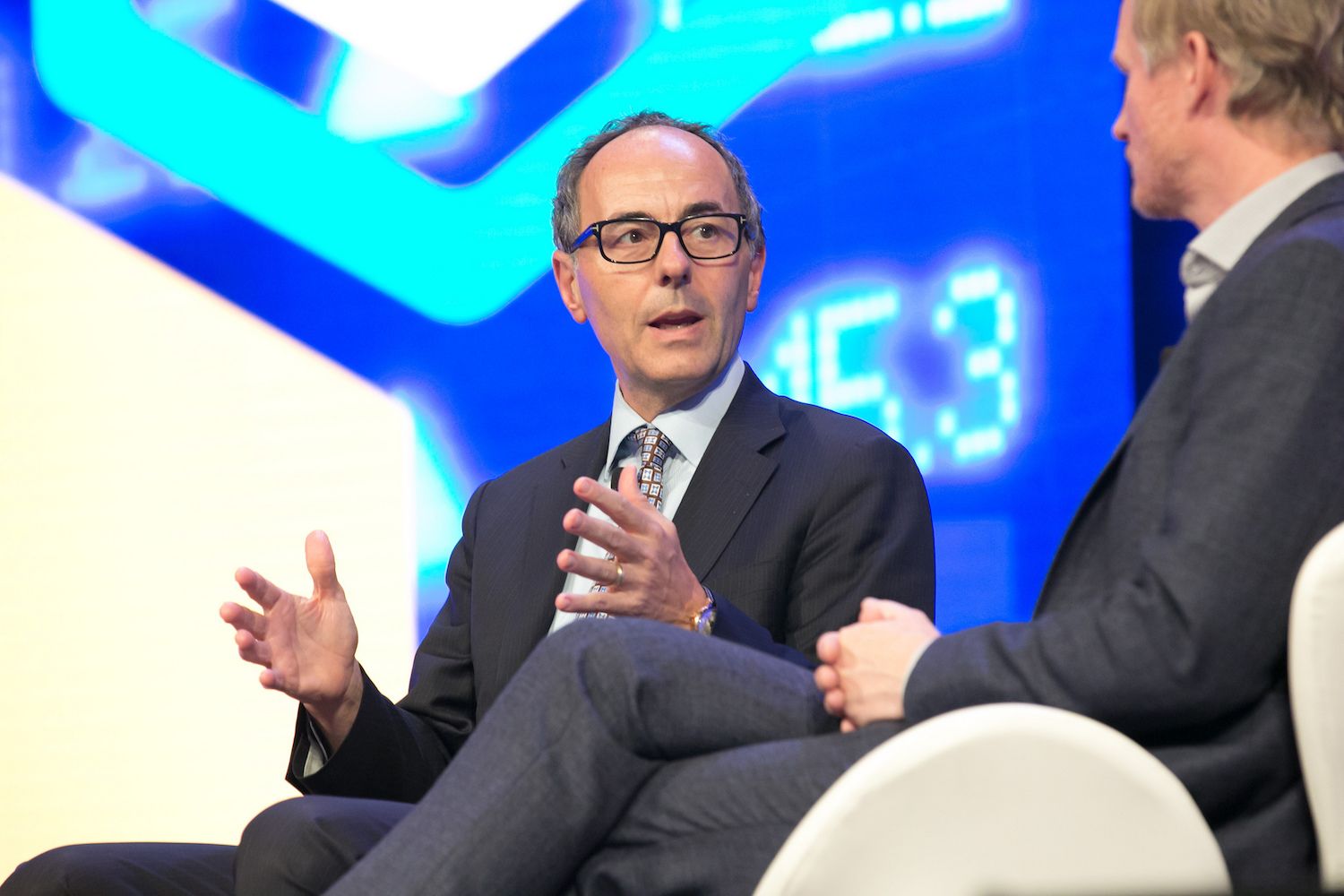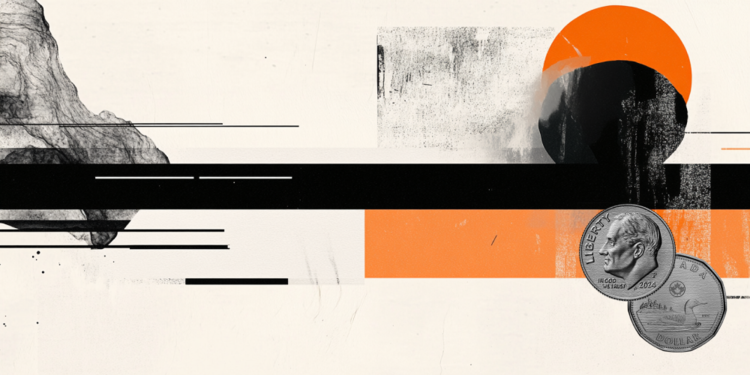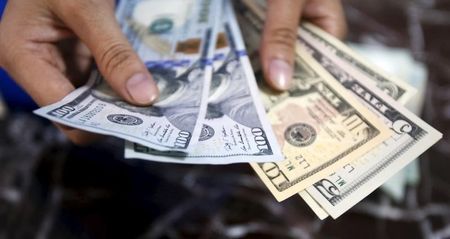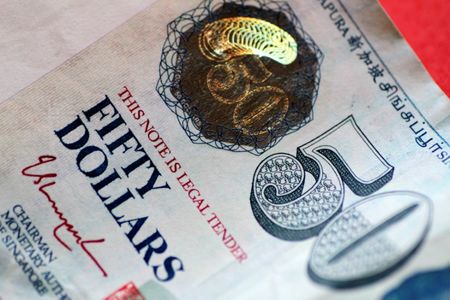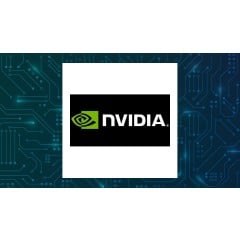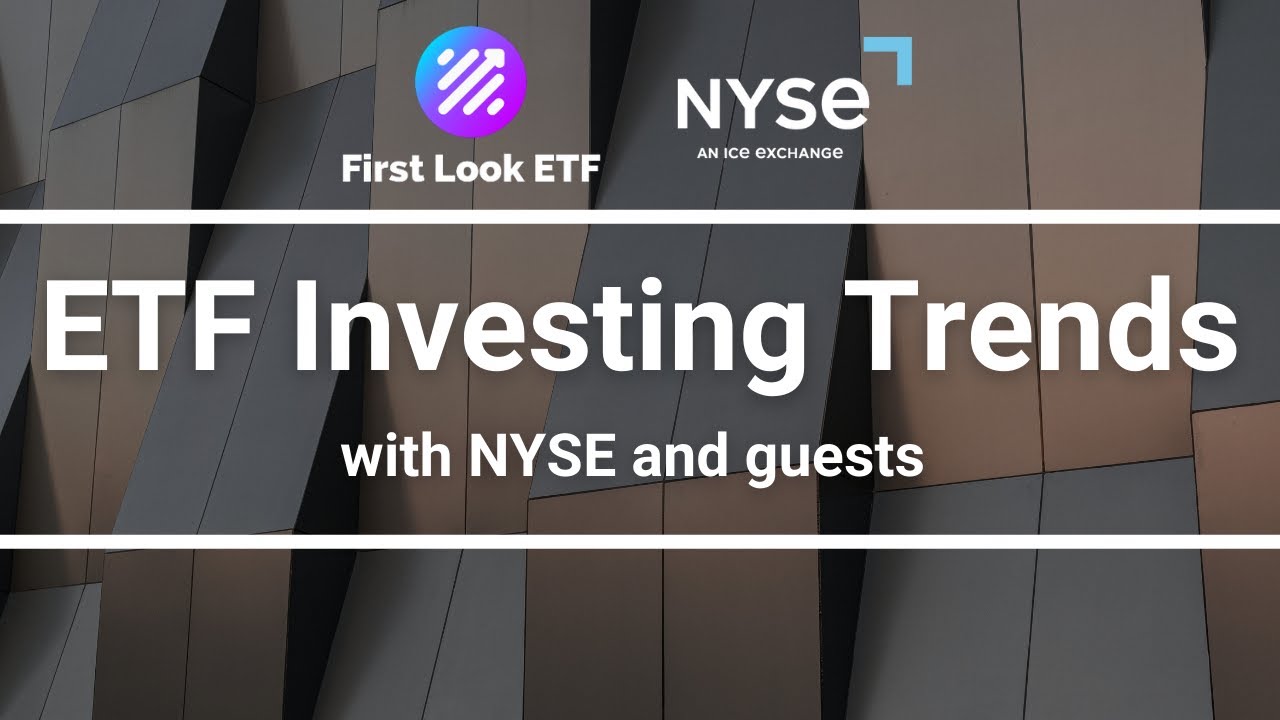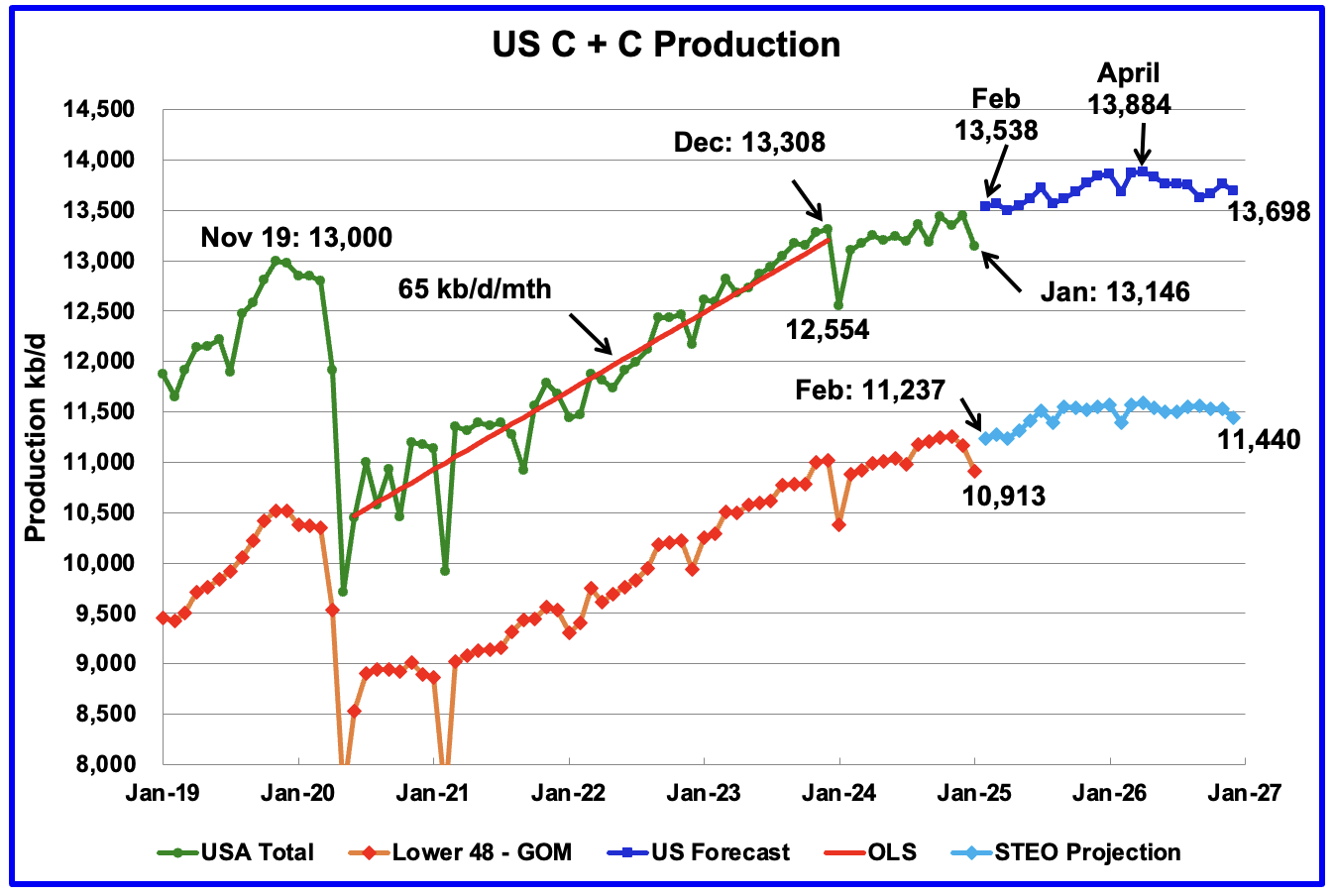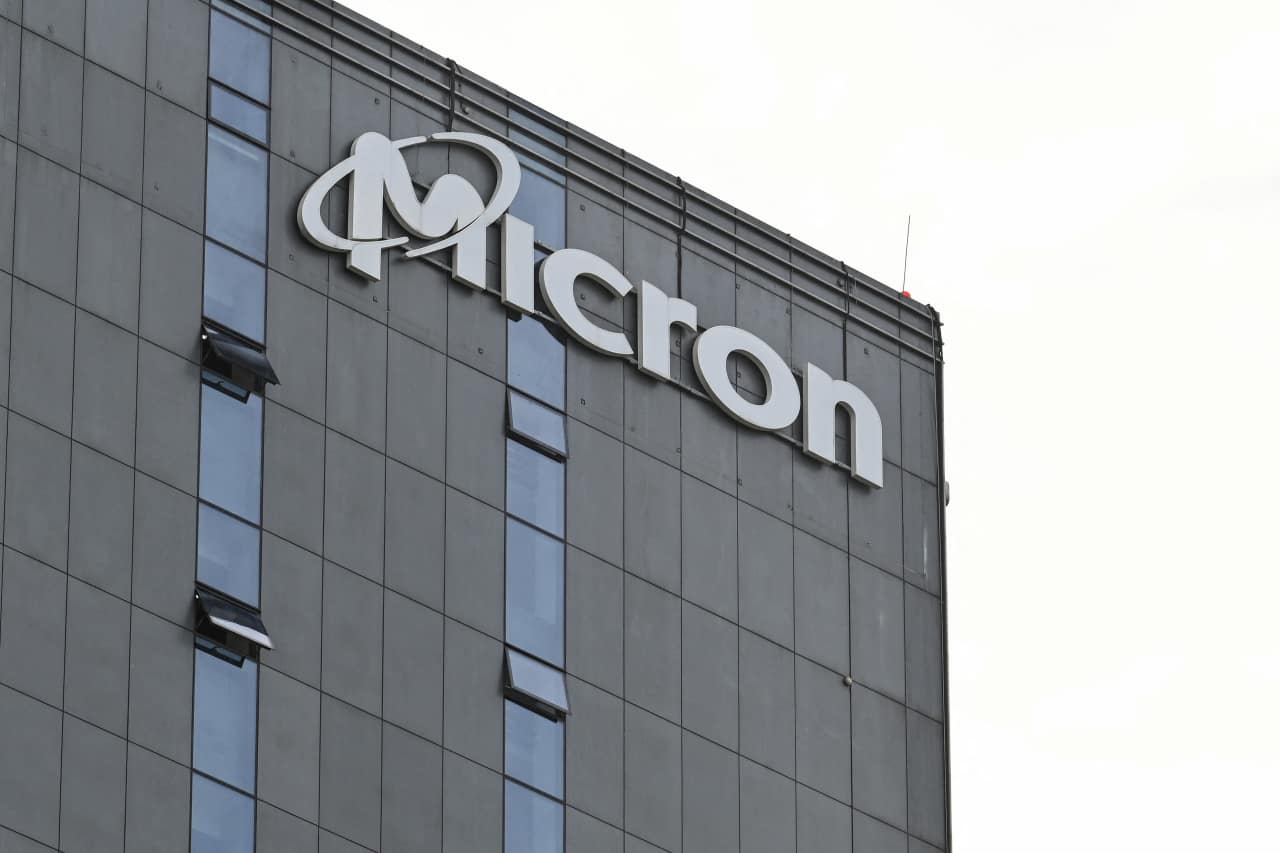Dividends Have Been Replaced, but Most People Haven’t Noticed
Five years ago, if you would’ve asked me where to put your money to turn it into an ongoing income stream, I would’ve suggested the stock market. As a holder of dividend stocks myself, I love the idea of being able to hold assets that pay regularly and whose value has the potential to appreciate […] The post Dividends Have Been Replaced, but Most People Haven’t Noticed appeared first on 24/7 Wall St..

Key Points
-
The S&P 500’s yield isn’t so impressive.
-
Even dividend-paying stocks give you limited income.
-
With savings account rates where they are today, it could pay to put more money into cash.
-
Earn up to 3.8% on your money today (and get a cash bonus); click here to see how. (Sponsored)
Five years ago, if you would’ve asked me where to put your money to turn it into an ongoing income stream, I would’ve suggested the stock market. As a holder of dividend stocks myself, I love the idea of being able to hold assets that pay regularly and whose value has the potential to appreciate over time.
But these days, I’m inclined to tell people to adopt a different strategy for generating income. And you may be surprised at how simple and risk-free it is.
Why dividends aren’t king anymore
The S&P 500 has gained a lot of value over the past couple of years. And while that’s a good thing in theory, the flipside is that its dividend yield has fallen. As of December 2024, the dividend yield for the index was only 1.27%.
Of course, you don’t have to invest in the S&P 500 broadly. It’s more than possible to load up a portfolio with individual dividend stocks. But many of those are paying less than 2%.
And even among companies that have increased their dividends steadily through the years, the yields aren’t as impressive as one might think. Coca-Cola, for example, has a dividend yield of under 3%. Proctor & Gamble has a dividend yield of under 2.5%.
Even REITs (real estate investment trusts), which are required to pay out at least 90% of their taxable income as dividends, don’t always sport the most impressive payouts.
Digital Realty Trust, a leading data center REIT, for example, has a dividend yield of under 3%. And for warehouse giant Prologis, the dividend yield is just over 3%.
A better way to generate income
Given where yields are at these days, if your goal is to generate income, you may want to forgo new stocks and focus on boosting your cash position instead. Many high-yield savings accounts are paying around 3.8% today, and some are even doing a bit better, hitting the 4% mark.
The nice thing about putting your money into a high-yield savings account is that your principal is protected provided your bank is FDIC-insured and your deposit is limited to $250,000 or less ($500,000 if you have a joint account holder). So you’re getting a lot of upside without the risk of owning stocks.
That said, it is worth noting that on a long-term basis, investing in stocks is a more effective means of growing wealth than putting money into a high-yield savings account. So I wouldn’t tell you to keep your retirement nest egg in the bank.
Over time, a stock portfolio can benefit from share price appreciation. And you need those gains to outpace inflation when you’re saving for a milestone that may be 20 or 30 years away.
But if your goal is to generate some near-term income, then I’d suggest going all-in on a high-yield savings account. And similarly, if you’re a near-retiree, it’s important to have access to cash as well as a portfolio that consists of income-producing assets. Given where rates are today, those assets no longer have to be risky ones when you could put more money into a high-yield savings account instead.
The post Dividends Have Been Replaced, but Most People Haven’t Noticed appeared first on 24/7 Wall St..
